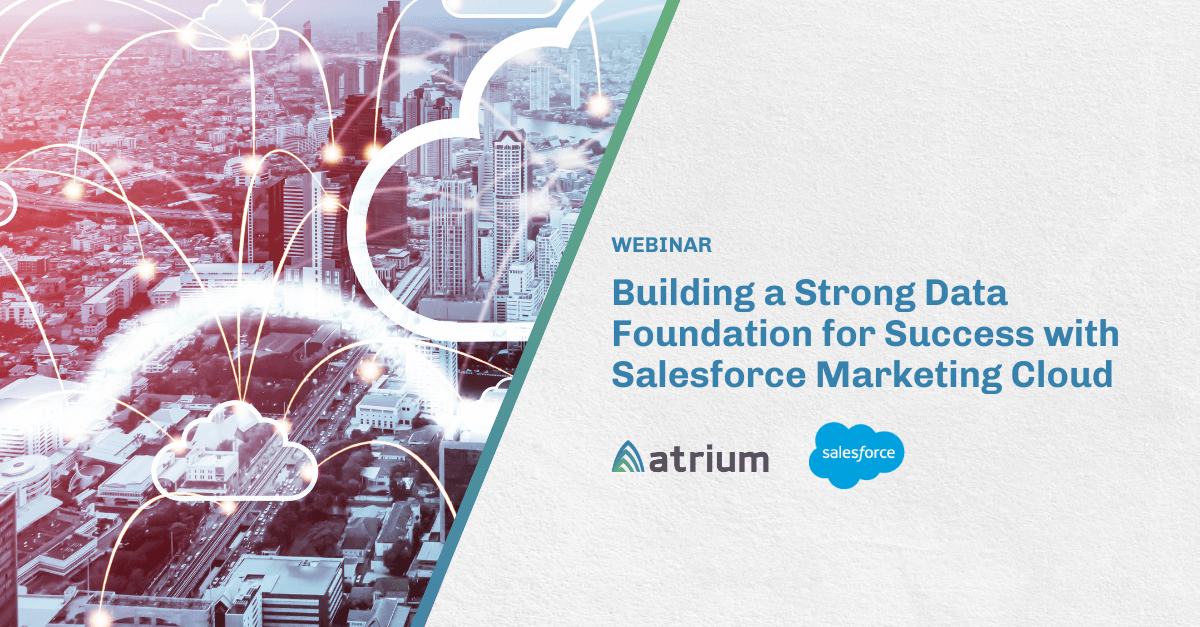I attended the Salesforce Data Cloud Partner Workshop in Washington, D.C. at the end of May and gained more context for how businesses can take advantage of the power of Data Cloud and important requirements for successful implementations. Here are some of my key takeaways and thoughts coming away from the two-day workshop.
Salesforce Data Cloud is a system of reference (not a system of record)
The intent is to recognize who’s who in your customer base and what they’re doing. Use this holistic view to discover insights via Tableau and/or take action for marketing or customer-focused platform processes to have a robust customer 360, supported by AI.
Additionally, you can retain lineage to sources (i.e., source profile and engagement records). This enables you to take action in those source applications using the original keys while extending data with unified profile attributes. One example would be searching for customers in CRM using attributes from Data Cloud’s unified profiles.
Lastly, golden records (i.e., output from an MDM system) are a source for Data Cloud — not an output. Although Data Cloud provides a unified customer view, it does not provide a source of truth for other systems to depend on due to its lack of immutable IDs.
Salesforce Data Cloud projects are consultative
The majority (60-70%) of a Data Cloud project should be consulting with stakeholders on the desired outcomes, business challenges, and key use cases. Implementing Data Cloud is the easy part; choosing the right starting place and roadmapping for the future takes more effort.
Successful implementations require education about the strengths of Data Cloud and its role in the organization’s broader data strategy. Equally important is choosing the right use case to start with; start with something small and impactful. Assess data availability and quality to achieve that first use case.
Take advantage of Salesforce Data Cloud accelerators
Use out-of-the-box connectors to automatically configure data streams for ingestion and mappings to the Customer 360 data model. Connectors for CRM and Marketing Cloud accelerate setup time. Other tips:
- Use starter Calculated Insights (available on github) to quickstart customer analysis
- Use pre-built Tableau dashboards to analyze customer unification and customer engagement
There were many other tips, tricks, and recommended practices I learned about during this workshop and will be using for Data Cloud projects. Interested in finding out how Data Cloud could fit into your data strategy?
Learn more about our Salesforce Data Cloud consulting services.








